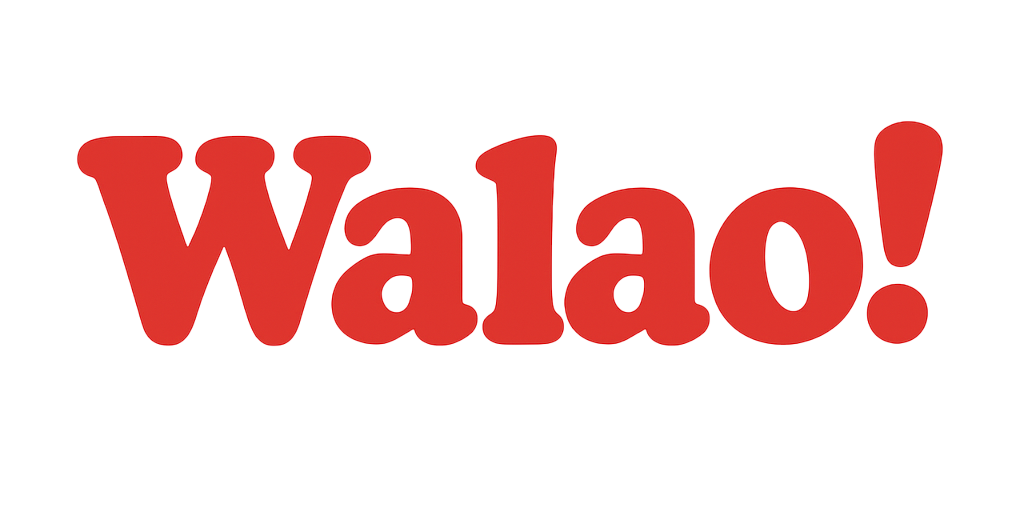The ongoing U.S.-China trade tensions are casting a long shadow over the economic prospects of both Singapore and Hong Kong, two of Asia’s most dynamic financial hubs. As the trade war escalates, the implications for these economies become increasingly pronounced, with growth forecasts being adjusted and businesses grappling with new realities.
The economic landscapes of Hong Kong and Singapore are currently navigating significant challenges stemming from the ongoing U.S.-China trade tensions and broader geopolitical uncertainties. Hong Kong, in particular, is feeling the pinch due to its heavy reliance on trade with the United States, which stands as its second-largest export market. The imposition of a 34% reciprocal tariff by the U.S. is projected to significantly affect Hong Kong’s exports, which totaled $37.9 billion in 2024. This trade war has already led to a 15% decline in exports to the U.S. from 2018 to 2019, showcasing the immediate impacts of heightened tariffs and trade restrictions.
Compounding these challenges, the recent removal of Hong Kong’s special status by the U.S. introduces further complications for its economic outlook. This change particularly affects technology transfers, as Hong Kong may now face the same restrictions as Mainland China concerning dual-use technologies. Given that the technology and telecommunications sectors in Hong Kong heavily depend on U.S. products, this shift could have detrimental effects on these industries. Despite these headwinds, Hong Kong retains unique advantages, such as its low tax rates and the HKD-USD pegged exchange rate, which continue to attract U.S. companies. However, the number of regional headquarters in Hong Kong has seen a slight decline, indicating growing concerns among businesses.
Similarly, Singapore is not immune to the repercussions of the trade war. The city-state has revised its growth forecasts downward, anticipating a slowdown to 1.3% and 1.6% in the third and fourth quarters of 2025, respectively. This is a stark contrast to the more robust growth seen in the first half of the year. The full-year growth outlook remains at 2.6%, but analysts warn of significant downside risks tied to geopolitical tensions and trade uncertainties that could further derail economic momentum.
Both Hong Kong and Singapore are grappling with the broader implications of the U.S.-China trade war, which has prompted businesses to explore alternatives like the "first-sale rule" to mitigate tariff impacts. This rule allows companies to reduce tariffs by routing goods through Hong Kong, although its effectiveness may diminish with the recent changes in Hong Kong’s special status. As businesses adapt to these evolving circumstances, the need to diversify markets and technological dependencies becomes increasingly critical.
In conclusion, the economies of Hong Kong and Singapore are under significant pressure from external trade conflicts and policy shifts. While both regions possess inherent economic strengths, their futures are precarious, shaped by external geopolitical dynamics and evolving trade relationships. As they navigate these turbulent waters, businesses must remain agile, seeking alternative markets and strategies to mitigate ongoing risks and ensure resilience in an uncertain global landscape.





